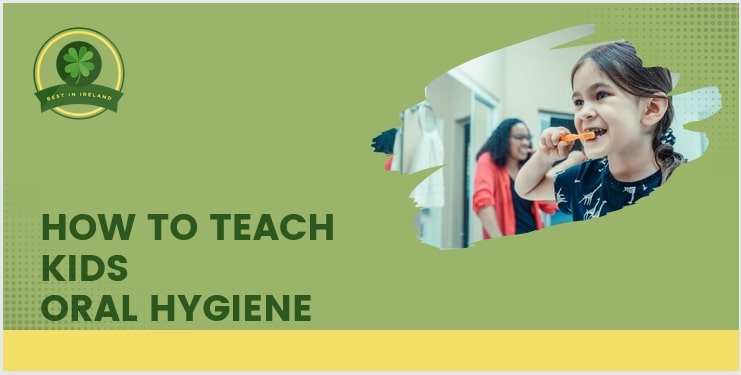How to Teach Kids Oral Hygiene
Congratulations on your growing family! Just as it’s important to take note of which school to enroll them in the future, don’t forget to keep their health your top priority.
With that in mind, we’ll show you how you can teach your kids about taking care of their growing teeth.
1. Choosing the right tools
Helping them learn the importance of taking care of their teeth starts by getting the right toothbrush.
When they’re still newborns, you should wipe down their gums with a moist washcloth. Once they start teething and you’re feeding solid food, swap to a finger brush.
As they reach their toddler age, show them a soft-bristled toothbrush that’s sized for them. Avoid giving them one with stiff bristles as they won’t like the feel of it and that will discourage them from brushing.
Bristles aside, don’t forget to pick the right color of toothbrush. If you gave them one that has their favorite color on it, they’ll be more excited to try brushing on their own.
2. Know your the toothpaste amount
Using too much toothpaste for kids can be bad: if they’re exposed to too much fluoride, it can lead to fluorosis. Not only does it discolor their teeth, more severe cases would have pits in the enamel.
From when they start teething up to age 3, make sure that the amount of toothpaste you give them is as small as a grain of rice. Also, teach them to spit out excess toothpaste too.
Past age 3, you can show them to apply a pea-sized amount of toothpaste. Show them that they should spit out the excess toothpaste too.
When they get old enough, show them to only use a thin ribbon of it.
Aside from the amount of toothpaste, choose a kids’ brand that your kids like. Either it has their favorite cartoon character on it or their favorite fruity scent, pick something that they’ll like.
3. Show them the gestures
As you give them their first toothbrush to use, it’s a good time to help them get into the motions of brushing teeth.
Once it’s time to brush, let them stand on a stool or a ladder facing the mirror. Then, with your arm, gently coax their arm holding the brush so that it makes the proper up and down motions.
As they remember this motion, it’s also good to brush your teeth with them. That way, they can also have a way to remember how to do it.
Do this type of guidance in their first few days of brushing, then let them do it by themselves.
If they’re too fussy or they can’t do the brushing by themselves, let them sit on your lap. Then, brush their teeth gently and ask them if they’re feeling uncomfortable while adjusting.
4. When to start using floss and mouthwash.
A good time to start flossing is when your child’s teeth start touching.
You should also teach them how to floss like you taught them to brush their teeth. Make sure to tell them to do it slowly and one gap at a time.
If your child is still a toddler, choose to floss only in the morning or night. You can choose which time as long as both of you aren’t busy doing your own things.
Meanwhile, teach them about using a proper mouthwash once they’re six years old or older. Before that, do a gargling lesson and check if your child gargles properly.
5. Learn about teeth health in between
Aside from the proper brushing, flossing, and gargling, keeping your kids’ teeth healthy also starts by showing them the good and bad sides of teeth health.
On their trip to their dentist, help them relax on the way up to when they’re at the clinic in person. Ask the dentist a few questions too about what teeth are and ask them to teach your child a few things.
When teaching about tooth diseases, make sure to use kid-friendly language. Aside from that, don’t use words that may scare them to get the disease treated by the dentist (e.g. “drill”).

